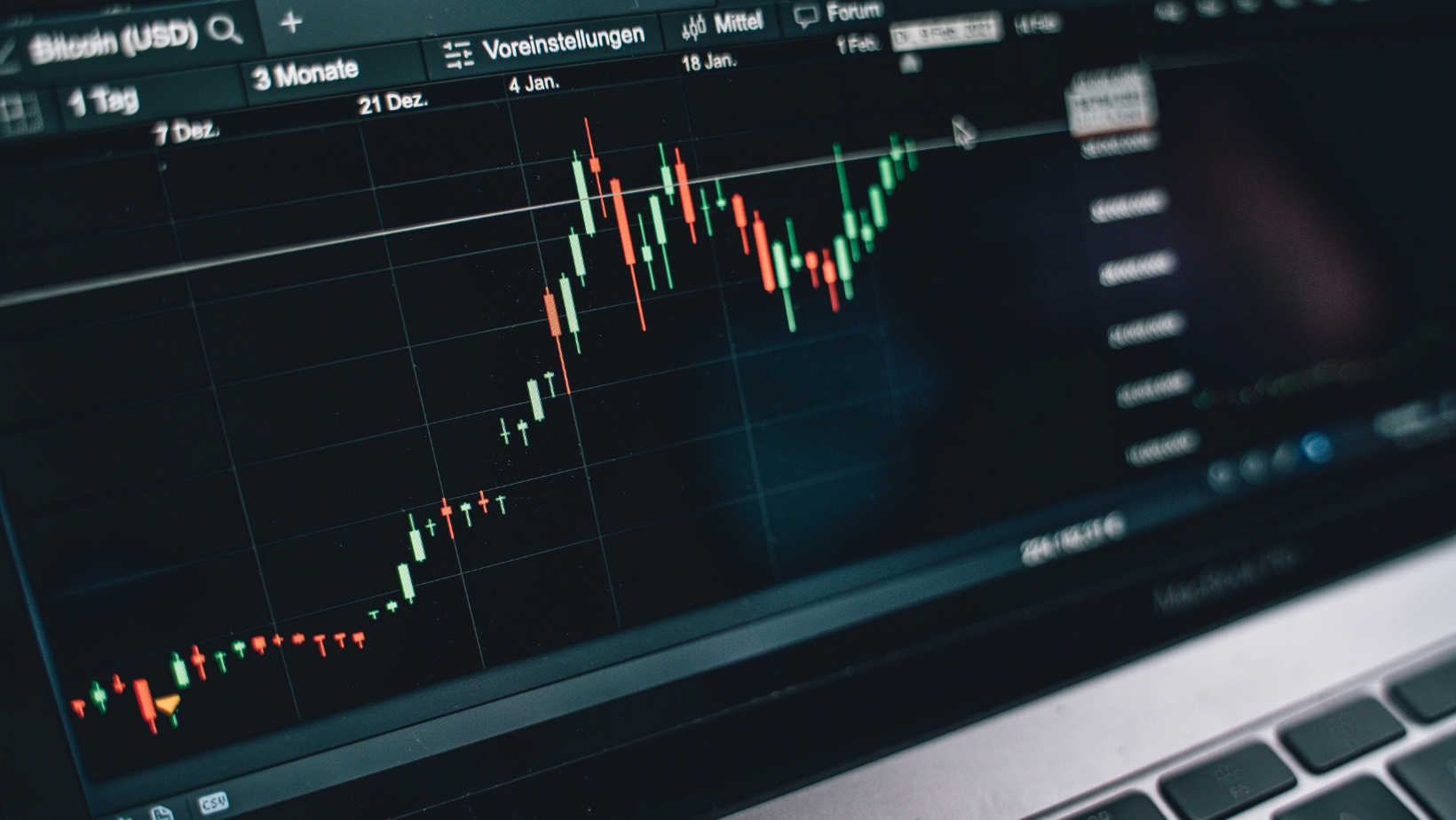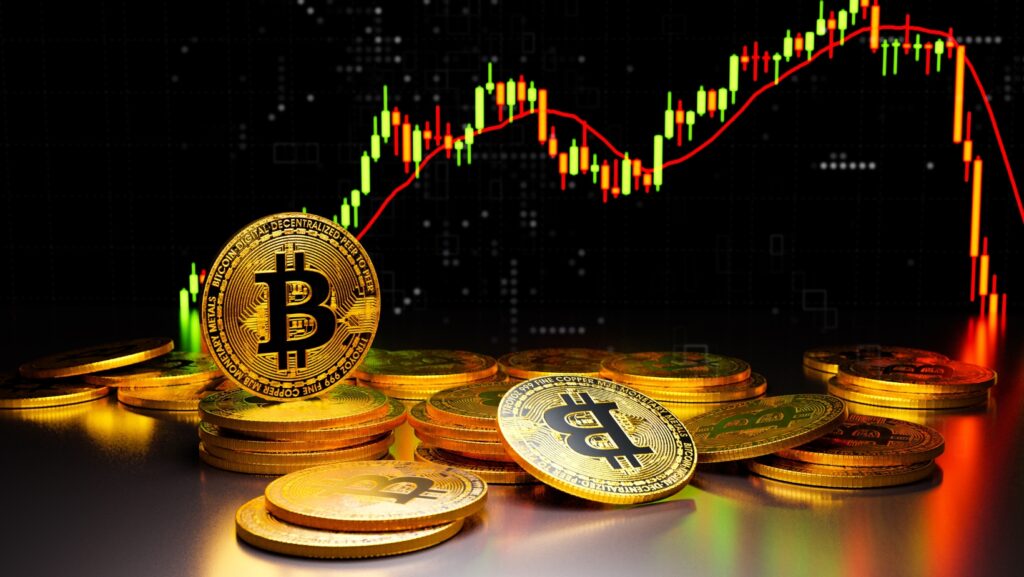Cryptocurrency markets are known for their rapid price movements and sometimes unpredictable volatility. Amid these conditions, market makers play an important role in maintaining liquidity and a healthy trading environment. But what is a market maker in crypto? And more specifically, how does it work compared to traditional market makers in other financial sectors?
In this article, we dive into the meaning of the term “market maker for crypto,” explaining the concept, why market makers matter, and how they operate. We also provide a deeper look into common trading strategies and practices of digital asset market makers, as well as the main challenges they face. By the end of this article, you’ll have a thorough understanding of the role market makers play in the crypto market.
Let’s Start With the Basics: What is a Market Maker in Crypto?
A market maker in any financial market is an entity (usually a company) that continuously places buy (bid) and sell (ask) orders to facilitate the trading of certain assets in a given market. In the context of the market making of cryptocurrencies, these participants use dedicated capital to ensure there is sufficient liquidity (the ability to quickly and easily buy or sell an asset without drastically affecting its price) for traders who want to buy or sell a cryptocurrency on various platforms.
When we talk about the meaning of market-making in crypto, we are specifically referring to liquidity providers who do this in the cryptocurrency ecosystem. Unlike traditional markets like stocks, where regulated institutions frequently act as market makers, crypto markets often rely on specialized trading firms that have emerged as popular providers of market-making services, managing individual traders and automated bots to ensure liquidity and tight spreads of digital assets they work for.
Why Are Market Makers Important for the Crypto Market?
In the realm of digital assets, a market maker in crypto serves multiple important functions:
- Volatility reduction. By placing buy and sell orders consistently, market makers help stabilize prices. This reduces the risk of large price swings caused by a single trade, especially in smaller markets.
- Tightening spreads. A competitive bid-ask spread encourages trading and increases investor confidence. When there is a large gap between the buy and sell prices, many retail traders shy away from participating, fearing they might pay too much or sell too low.
- Boosting of crypto liquidity. A well-functioning market maker on a crypto exchange can attract higher trading volumes and a more diverse set of traders. Trading platforms often partner with third-party liquidity providers or develop in-house market-making desks to ensure a healthy order book.
- Trading experience improvement. For everyday traders, smooth order execution is crucial. Knowing there is enough liquidity to enter or exit positions at predictable prices fosters trust and repeat business for the exchange or platform.
What Companies Are Popular Market Makers in Crypto
Several firms have established themselves as key players in the space of market making of cryptocurrencies, providing liquidity and enhancing trading efficiency across various exchanges.

An example of such a firm is DWF Labs. Not only is it a global market maker in crypto, this company also provides crypto venture capital funding and liquidity solutions, having previously established itself as the prominent high-frequency trading vehicle of digital assets. It provided market-making services for crypto projects like TON, Algorand, and Floki.
Other notable players include Wintermute, known for its algorithmic trading expertise and significant presence in both centralized and decentralized finance. Jump Trading, which first emerged in the crypto market as a proprietary high-frequency trading firm, has gradually extended into venture capital and liquidity provisioning for Web3 projects. The firm employs advanced quantitative strategies and high-frequency trading techniques to provide liquidity across multiple exchanges. GSR is another major firm that provides liquidity solutions and strategic investment services tailored to Web3 startups and digital assets.
Core Market Maker Strategies in Crypto: Techniques and Ideal Practices
To effectively navigate the complexities of market making in the crypto space, firms employ well-structured strategies that help facilitate stability of liquidity, optimize risk management, and enhance profitability. Below are key techniques and best practices that market makers utilize to stay competitive:
Order Book Management
Market makers in the crypto market often follow the so-called symmetrical order placement. A classic approach involves placing orders both above and below the current market price, maintaining a relatively tight spread. Meanwhile, adaptive spreads allow for adjustments based on market volatility: during high volatility, widening the spread can offer protection against abrupt price swings, while in calmer conditions, tightening the spread can attract more trades.
Hedging and Risk Management
Top market makers in crypto always ensure the diversification of their portfolios. Holding a wide range of various digital assets (from native coins to governance tokens and meme coins) can reduce the risk associated with a single asset’s volatility, which is common for the digital asset market. Additionally, hedging tools such as futures and options allow market makers to offset their exposure, minimizing potential losses. Automated stop-loss mechanisms further enhance risk management by enabling traders to exit losing positions before they escalate, ensuring a more controlled trading strategy.
Market-Making Tools and Bots
Market makers of cryptocurrencies are heavily reliant on technology solutions. One of their commonly used tools includes API integration. Crypto exchanges provide data endpoints that allow automated bots deployed by market makers to update orders in real-time, ensuring seamless trade execution. Furthermore, crypto market makers also use comprehensive data and financial analysis software, performing quantitative analysis and backtesting strategies to further refine their trading approaches.
Challenges and Common Pitfalls
Crypto market making can seem like a lucrative business, but it comes with its share of challenges. One of the primary concerns is market volatility. Crypto prices can fluctuate dramatically due to external factors, and a sudden price drop or spike can lead to temporary losses if a crypto market maker is caught on the wrong side of the spread.

This unpredictability requires careful monitoring and risk management strategies to mitigate potential downturns.
Another major challenge is navigating regulatory hurdles. The crypto industry is still evolving, and regulations differ across jurisdictions, creating uncertainty and the need for strict compliance measures. Ensuring adherence to these varying legal frameworks is crucial to maintaining market-making operations without interruptions. Additionally, technical issues such as server downtime, bot malfunctions, or exchange API failures can lead to missed trading opportunities or unintended exposure, making robust failover strategies essential.
Lastly, crypto exchanges actively monitor for suspicious trading patterns, and if market-making activities are mistakenly flagged as manipulative practices, such as wash trading or spoofing, it can result in sanctions or account bans.
Closing Thoughts
Market making remains one of the most vital functions in the cryptocurrency ecosystem. A good market-maker strategy in crypto hinges on balancing liquidity provision with proper risk management techniques. By understanding the true meaning of market making in crypto, their technologies, and trading strategies, ordinary crypto traders can get an advantage, taking actions of larger trading institutions into account while selecting a project to invest in or trade on a regular basis.


